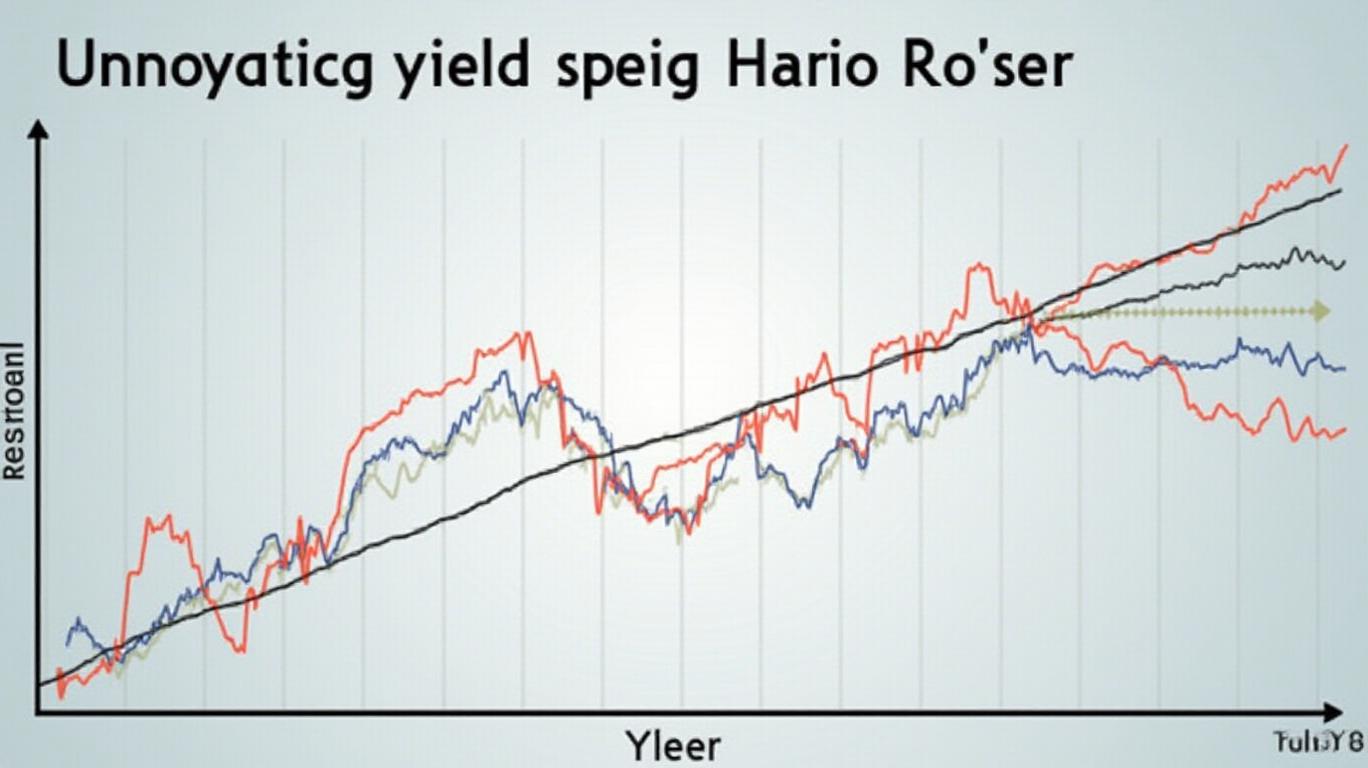Yield Curve Inversion and Equity Markets: Is a Recession Imminent or a Liquidity Shift? A Deep Dive into May's Data
The U.S. Treasury yield curve, a barometer of economic health, has been the focus of intense scrutiny as investors grapple with conflicting signals about the economy's trajectory. On May 23, 2025, the 10-year Treasury yield closed at 4.508%, while the 2-year note finished at 3.986%, marking a positive spread of 0.522%. This reversal from recent inversion trends raises critical questions: Is the recession risk overblown, or is this a fleeting reprieve? Let's dissect the data to determine where investors should allocate capital next.

The Yield Curve Inversion: A False Alarm or a Fade-Out?
The inversion of the 2-year/10-year spread—a historically reliable recession predictor—has been a source of anxiety since early 2025. However, the May 23 data suggests the spread is now positive, signaling a potential end to the inversion. This shift is significant because past recessions were preceded by prolonged inversions, not fleeting ones.
The current environment differs from previous cycles. The Fed's aggressive rate hikes have tightened liquidity, but recent inflation data and resilient labor markets suggest underlying economic strength. The inversion, while alarming, may reflect temporary supply-demand dynamics in bond markets rather than an inevitable downturn.
Inflation Metrics: Cooling, but Not Cold Enough
The April 2025 CPI report revealed a 0.2% monthly increase, reversing March's decline, while the 12-month rate dipped to 2.3%—the lowest since February 2021. Energy prices fell, with gasoline down 11.8% year-over-year, but shelter costs rose 4.0%, anchoring core inflation at 2.8%.
This mix of cooling headline inflation and persistent core pressures suggests the Fed will remain in “wait-and-see” mode. While the central bank is unlikely to cut rates soon, the moderation in price trends reduces the urgency for further tightening.
Durable Goods: A Contradiction of Signals
The durable goods sector paints a mixed picture. The ISM Manufacturing PMI fell to 49.0 in April, signaling contraction, with new orders plummeting to 45.2. Transportation equipment orders dropped 7.4% in December 2024, but non-transportation sectors held steady. Meanwhile, the labor market remains robust, with initial jobless claims hitting a 2½-year low of 207,000 in April.
This duality creates a dilemma: Should investors brace for a recession or seize opportunities in resilient sectors?
Sector Rotation: Defend or Deploy?
The data suggests a sector rotation toward cyclical opportunities is warranted, but with caution:
- Cyclical Plays (Utilities, Industrials):
- Industrials: Companies like 3M (MMM) and Caterpillar (CAT) have shown resilience in infrastructure spending. The durable goods data's non-transportation strength points to demand in machinery and tech-enabled equipment.
Technology: Firms driving AI and semiconductors—Nvidia (NVDA), AMD (AMD)—are poised to benefit from capital spending tied to innovation, even amid macro uncertainty.
Defensive Anchors (Healthcare, Consumer Staples):
- Healthcare: Defensive stocks like Johnson & Johnson (JNJ) and UnitedHealth (UNH) offer stability, especially as aging demographics drive demand.
Consumer Staples: Procter & Gamble (PG) and Coca-Cola (KO) are classic inflation hedges, with pricing power in essentials.
Bond Strategy:
- Short-Term Treasuries: Stick to 2- to 5-year maturities to avoid duration risk if rates stabilize.
- Corporate Bonds: High-quality issuers like Microsoft (MSFT) or Apple (AAPL) offer yields above inflation with minimal default risk.
The Bottom Line: Act, but Stay Nimble
The May 23 data suggests the yield curve inversion was a liquidity-driven blip, not a recessionary death knell. With inflation cooling and the labor market holding firm, investors should prioritize cyclical sectors while maintaining defensive ballast.
Act now:
- Buy industrial and tech leaders to capitalize on innovation-driven demand.
- Hedge with utilities and healthcare to weather any volatility.
- Avoid overcommitting to long-duration bonds—stick to short maturities.
The economy isn't recession-proof, but the data argues for opportunity over panic. Move swiftly, but stay ready to pivot if the yield curve inverts anew.
Andrew Ross Sorkin's signature blend of incisive analysis and actionable insights guides investors through this pivotal moment.

Comments
No comments yet